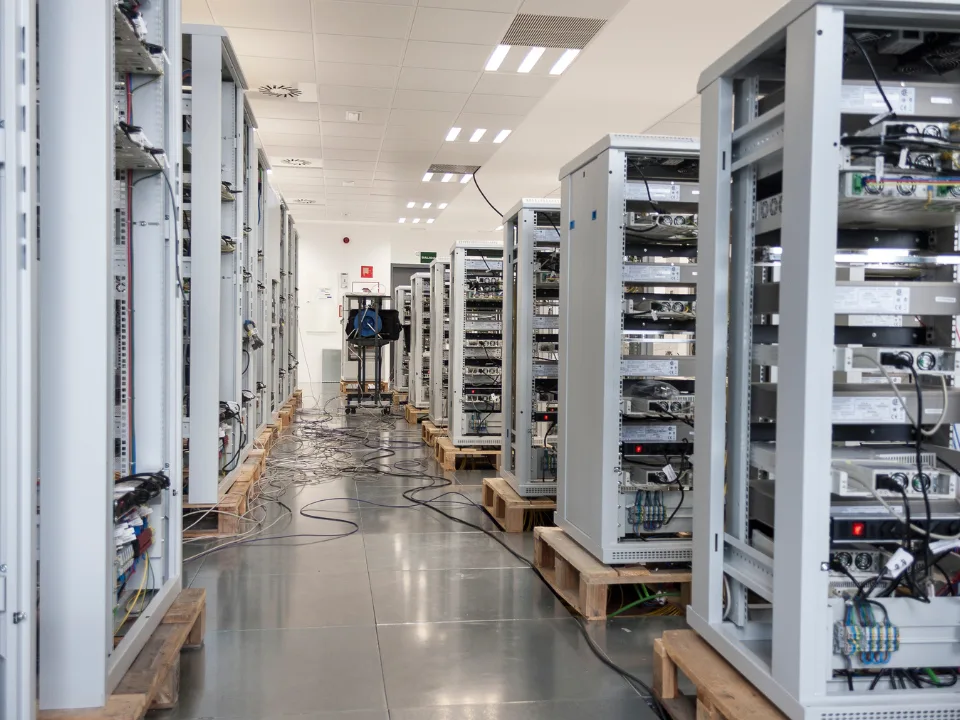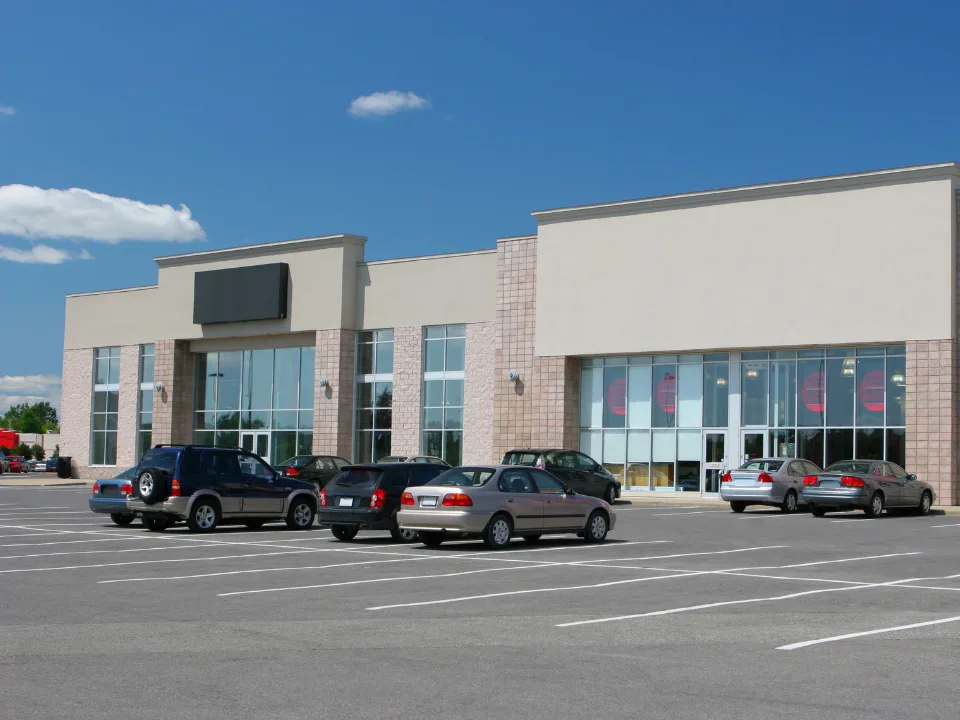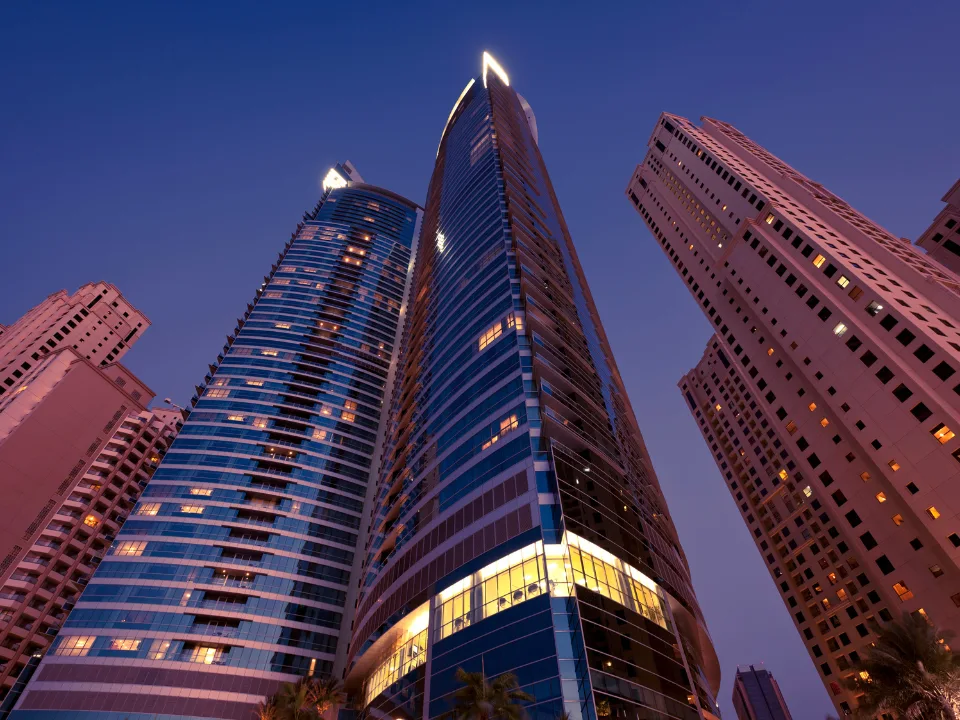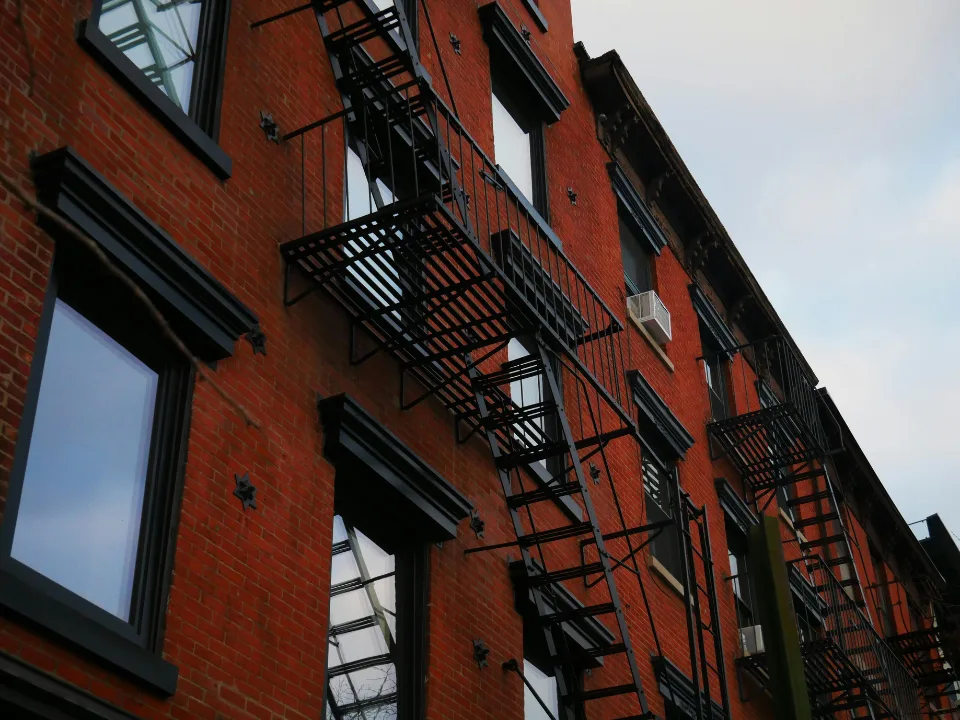- Manhattan office leasing reached 8.7 MSF in Q2 and totaled 15.5 MSF for 1H24, an 8.9% increase from 1H23.
- Despite the improvement, Q2 leasing activity was still 6.3% below pre-pandemic averages.
- Class A availability declined but still made up 67.6% of all leasing activity, while Class B/C availability rose slightly.
NYC’s office leasing market rebounded in Q2, with a total leasing velocity of 8.7 MSF, according to reports from Savills and Colliers. This marks a notable improvement, though leasing activity remains below pre-pandemic levels, as reported on Globest.
Leasing Activity
According to Savills, Manhattan’s office leasing in 1H24 reached 15.5 MSF, 8.9% higher than in 1H23. However, quarterly leasing volume is still 6.3% below the pre-pandemic Q2 average.
Colliers noted that if the current pace continues, full-year 2024 leasing velocity would still be around one-third below 2019 levels.
Tenant Trends
Bloomberg’s 946.8 KSF renewal at 731 Lexington Avenue was the largest lease of the quarter, significantly boosting total leasing volumes.
Out of the 25 leases signed for spaces 50 KSF or larger, 18 were office expansions, indicating tenant growth via relocations, expansions, and new openings.
Meanwhile, subleasing activity accounted for 1.5 MSF, or 17.7% of total leasing volume, a slight increase from the previous quarter.
Tale of Two Classes
Savills reported lower Class A availability, while Class B/C availability went up. The overall availability rate was down 10 bps from the previous quarter to 20%.
Class A market availability fell by 40 bps to 20%, while Class B/C availability rose by 30 bps to 20.1%. Tenant activity is concentrated in higher-quality buildings, with Class A leasing accounting for 67.6% of total leasing activity, despite Class A buildings only making up 57.4% of inventory.
Why It Matters
While Manhattan’s office leasing market is showing signs of recovery, the number of tenants signing on the dotted line remains below pre-pandemic norms. The recent rebound also reveals a preference for higher-quality buildings and expansionary leases, suggesting a cautious but positive trajectory for the city’s office outlook.

















